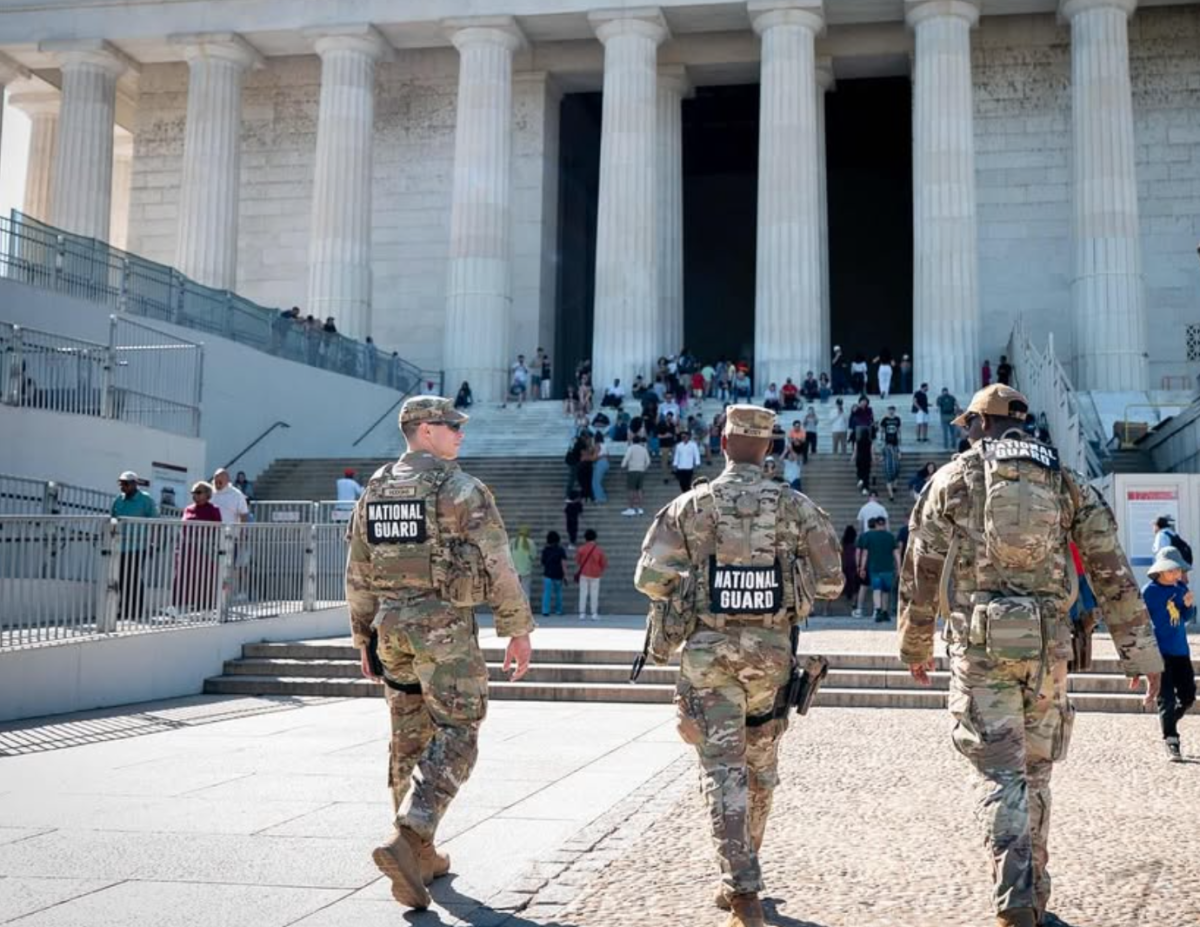By Andrea Garcia

Trigger warning: This article discusses suicide.
Crowded hallways are the loneliest of places; it’s the feeling of loneliness that is exponentially more dangerous than physical isolation. “13 Reasons Why,” a new 13-episode Netflix series based off of the young adult fiction novel by Jay Asher, envelops its viewer into the hallway whispers of Liberty High.
Like a well-crafted rumor, this show and its main premise have shocked many young adults and parents. It is Netflix’s most-viewed original series to date. The show follows the post-mortem world of Hannah Baker, a teenage girl who leaves behind a self-recorded series of cassette tapes, each retelling 13 encounters with individuals who retrospectively lead her to commit suicide. There is a beautiful parallelism in the exact number of 13 episodes, similar to the 13 tapes, in which the viewer can binge watch or take time to evaluate.
One reason why the series executes well, admittedly, is its ability to develop complex characters and web their storylines into an entertaining chaos. As the drama unravels, it is depressingly captivating to watch how each character is consumed by his or her own flaws and faulty relationships with the other characters.
Even after Hannah’s suicide, the characters mentioned on the tapes are haunted by their contribution to Hannah’s state of mind. It is important for the characters to understand how their words and actions hurt this teenage girl. Words can hurt like an arrow to its target, and that should make us, in the real world, more tuned in to how our words and actions affect others.
Many viewers praise its honesty in showing how quickly Hannah’s life fell into pieces, while many find fault in how the series portrays suicide and its not what that means from mental illness. I fall in the latter category.
I cannot deny the most common response the show has received so far: that the series glorifies suicide. The show promotes the idea that Hannah is able to get her revenge on her enemies by killing herself. The series illustrates the “butterfly effect,” as Hannah refers to it, in which one action sets off a series of events. In this case, Hannah’s suicide leads to a beautiful mess amongst the people who had supposedly cared for her, but there is an irony in how Hannah gets to escape the chaos she set off.
Hannah quite literally took her physical death into her own hands, but she couldn’t control who gets to kill her for the second time. However, she makes sure that she is immortalized by leaving the tapes behind.
Anyone who has read the original book knows that the method of Hannah’s suicide was changed from swallowing pills in the book to self-inflicted exsanguination in the last episode of the show. For what purpose? Dramatic effect? The visual representation of Hannah losing every drop of life that she had left? The glamorized shot of Hannah sitting alone in the bathtub, as peaceful as a deep sleeper was too much for my eyes and frankly, my heart, to handle. Surely, in the producers’ eyes, the book version of Hannah swallowing a handful of pills would not be as romantic as Hannah’s parents stumbling across the pool of Hannah’s blood filling the bathroom. It is incongruous to defile such a raw, real human moment, let alone a moment known to be someone’s last, simply because it has a degree of entertainment value.
The final encounter between Hannah and the guidance counselor was adherent. Perhaps the apathetic guidance counselor’s quick dismissal of Hannah’s problems was part of her story, but even so, the interaction perpetuates the societal problem that reaching out to a seemingly trusting authority figure is not an option. Though the counselor could have provided some support or directed Hannah in another direction, he tells her, between the lines, to build a bridge and get over all her problems. In this case, he creates the same result of her building a bridge and jumping off of it. It defeats the idea that counseling should be a helpful resource.
The show was created, for better or for worse, in a way that leaves suicide as the only option for Hannah. It pains me that there was no other avenue for Hannah’s character to travel and see the light of day again. Suicide was presented as her only option.
It also bothers me how Hannah’s reasons are only shown through her perspective. While Hannah is going through emotional turmoil, it appears that most, if not all the characters are going on with their lives. While this choice of the writers can portray how alone Hannah felt, without acknowledging the hardships retrospectively challenging those on her list, it creates the idea that Hannah really was alone.
Suicide and mental illness are hard to portray in any form of media, but “13 Reasons Why” does not shy away from attempting to cover both. It is apparent, by the simple nature of her suicide, that Hannah is fighting the worst of internal battles. The show fails to accurately portray a mental illness. It does not specifically address the topic of mental illness or a possible diagnosis. By all accounts, Hannah may have been fighting depression, PTSD or a combination of multiple illnesses. Nonetheless, her emotional pain screams through the pages or screen (“or whatever device you may be listening to”).
“13 Reasons Why” largely sensationalizes suicide and does not pay direct respect to suicide awareness and prevention. It creates an image that anyone mentioned on Hannah’s tapes could have prevented her suicide, when in reality, no one knows how their words impact others; a suicidal mind needs no other reason than the triggering thought that suicide is an escape. No one realizes how “just being mean to someone” can take a larger effect than realized.
“13 Reasons Why” does a sub-par job of showing how quickly words and personal attacks can take a toll on someone’s life; however, the several ways in which it misrepresents suicide and fails to address mental causes leading up to suicide counteract the show’s purpose.
If you are thinking about suicide, please call the National Suicide Prevention Lifeline at 1-800-273-TALK (8255) or the Suicide Crisis Line at 1-800-784-2433.




































































































































































































